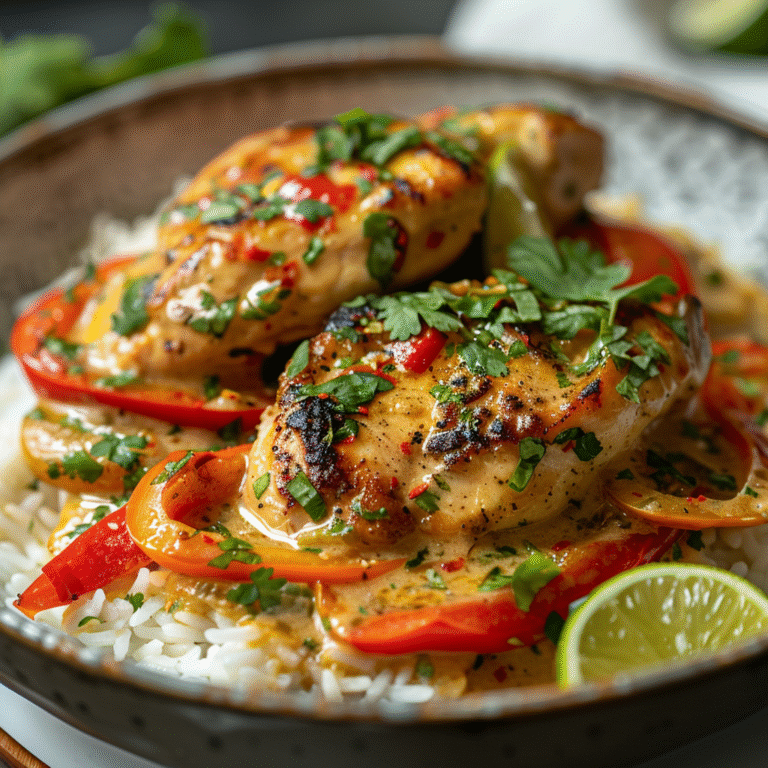Ingredients
- 1 pound flounder fillets (about 4 thin fillets), fresh or thawed
- 1/2 cup all-purpose flour (or gluten-free flour, if desired)
- 1/2 teaspoon sea salt, plus more to taste
- 1/4 teaspoon freshly ground black pepper, plus more to taste
- 6 tablespoons unsalted butter
- 1/4 cup fresh lemon juice (from 1–2 lemons)
- 2 tablespoons fresh parsley, finely chopped
- 2 tablespoons olive oil
Instructions
1. Pat the flounder fillets dry very well with paper towels. This helps the flour coating adhere and promotes light browning.
2. Season both sides of the fillets lightly with sea salt and black pepper.
3. Place the flour in a shallow dish and season it with a pinch of salt and pepper. Dredge each fillet in the flour, shaking off any excess. The coating should be light and even.
4. Heat a large skillet over medium to medium-high heat. Add 1 tablespoon of olive oil and 2 tablespoons of the butter.
5. Once the butter is melted and foamy but not browned, add 2 of the floured fillets to the pan (do not overcrowd). Cook for about 2–3 minutes per side, or until lightly golden and just cooked through. Transfer the cooked fish to a warm plate and tent loosely with foil.
6. Add the remaining 1 tablespoon olive oil and another 2 tablespoons butter to the pan. Repeat with the remaining fillets, cooking until golden and opaque in the center. Transfer to the plate with the other fish and keep warm.
7. Lower the heat to medium-low. Add the remaining 2 tablespoons butter to the same skillet. Let it melt and cook, swirling the pan often, until the butter turns a light golden brown and smells nutty. Watch closely so it does not burn.
8. Once the butter is browned, remove the pan briefly from the heat and carefully stir in the fresh lemon juice. The mixture will bubble. Return to low heat if needed and scrape up any browned bits from the bottom of the pan.
9. Stir in the chopped fresh parsley and taste the sauce. Adjust with a pinch more salt and black pepper if needed.
10. Place the flounder fillets on individual plates or a serving platter. Spoon the warm lemon butter parsley sauce generously over the top of the fish.
11. Serve immediately with lemon wedges on the side and your favorite accompaniments, such as steamed or sautéed green beans, roasted potatoes, or a simple green salad.
Notes
- For the best texture, use thin, delicate flounder fillets and avoid overcooking; the fish is done when it flakes easily with a fork and is opaque throughout.
- If your fillets are very thin, reduce the cooking time slightly to prevent them from drying out.
- Use fresh lemon juice for the brightest flavor; bottled lemon juice will change the character of the sauce.
- Keep the heat moderate when browning the butter. It should turn a deep golden color and smell nutty, not burnt.
- You can substitute other delicate white fish such as sole, plaice, or tilapia if flounder is not available.
- To make a lighter version, use a nonstick skillet and reduce the butter slightly, but note that the sauce will be less rich.
- Serve this dish immediately after saucing for the best flavor and texture—this classic is all about that just-cooked fish and warm lemon butter.
- Prep Time: 10
- Cook Time: 10
- Category: Main Course
- Method: Pan-Fried, Stovetop
- Cuisine: French
